The Grand Canyon is, in some ways, the mother of all Western Landscapes. Many travellers consider it the one location they have to see when they visit the American Southwest.
It was my own goal as well when I first explored the American West. Coming from France, and unsure of the location of the Grand Canyon, I originally thought it was in Colorado because of the Colorado River which flows in Grand Canyon. I checked my Colorado State map and found nothing which came close to the Grand Canyon. I knew it would be hard to miss given its size. I had to be wrong. After all, something this large and this famous had to be clearly marked on my map. So I followed the river from Colorado to Arizona and here it was. The Grand Canyon of the Colorado is in Arizona.
During the seven years I lived in Flagstaff (see my biography for more details), a location which afforded me close proximity to the Grand Canyon, I was able to visit Grand Canyon on a regular basis. I now live about 250 miles East of Grand Canyon, a 5 hour drive which allows me to visit this wonderful place 8 to10 times a year.
Over the past 15 years I have photographed Grand Canyon I have been fortunate to witness amazing displays of beauty in this unique landscape. The photographs in this portfolio are my small tribute to these incredible moments of Grandeur.

Yavapai Dusk
Linhof Master Teknica 4x5, Rodenstock 210mm, Fuji Provia 100F
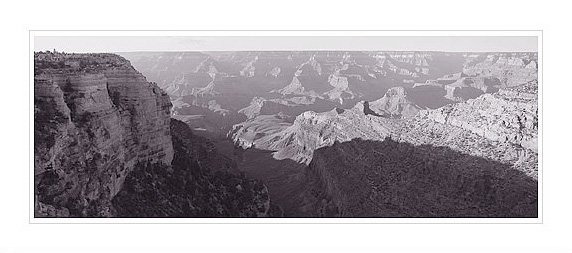 Grand Canyon South Rim Panorama Black and White
Grand Canyon South Rim Panorama Black and White
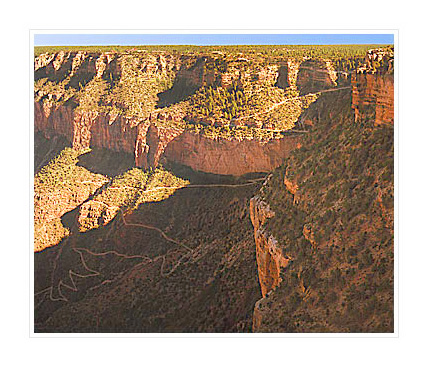
Bright Angel Trail

Sunset from Cape Royal
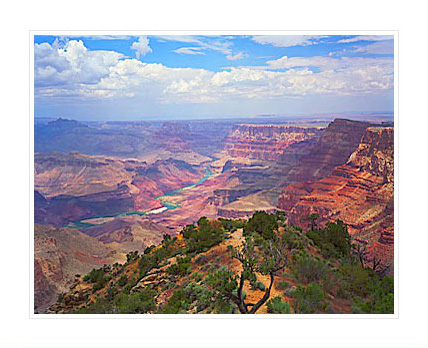
Desert View Afternoon
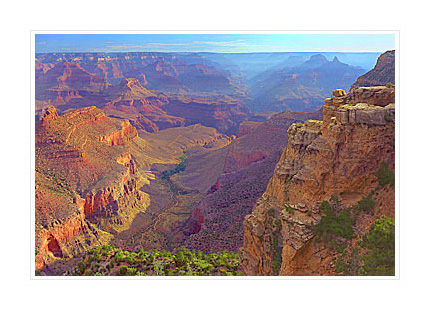
The Grand Canyon from the El Tovar Hotel

Sunset from El Tovar Overlook
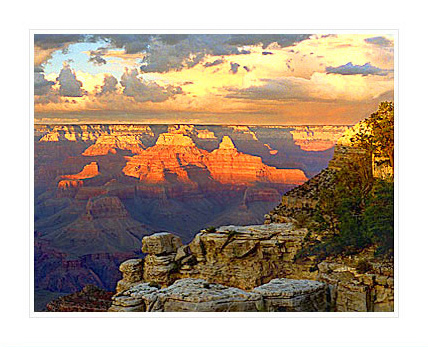
El Tovar Sunset #1
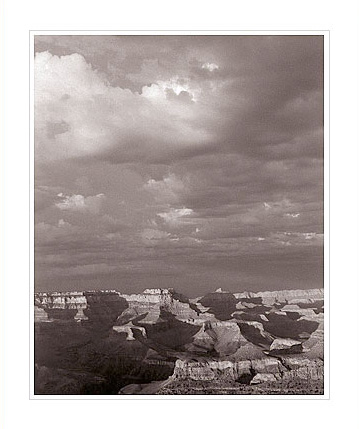
Storm over Mather Point
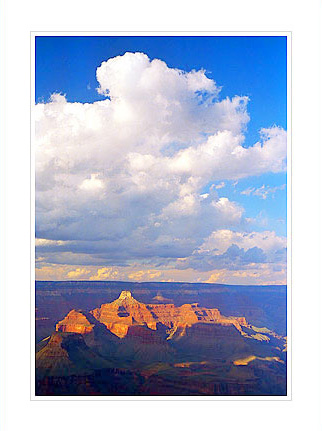
Clouds over Brahma Temple
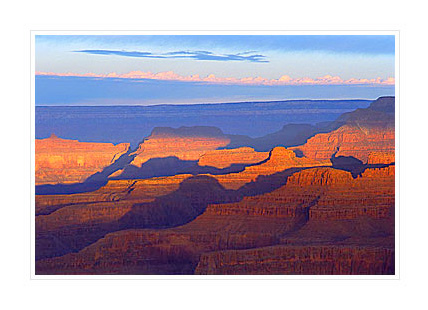
Grand Canyon Mesas at Sunset
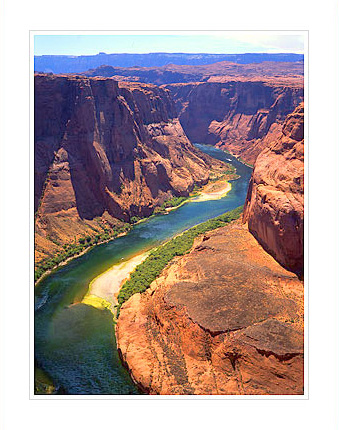
Half Bend Summer, Colorado River
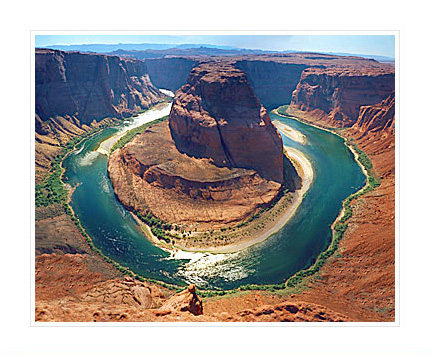
Horseshoe Bend Number Two
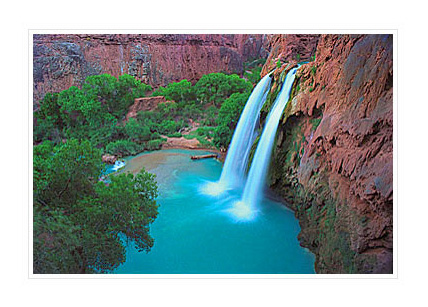
Havasu Falls Horizontal
Linhoff Master Technika 4x5 with Schneider 75mm lens. Fuji Velvia in Fuji Quickload holder
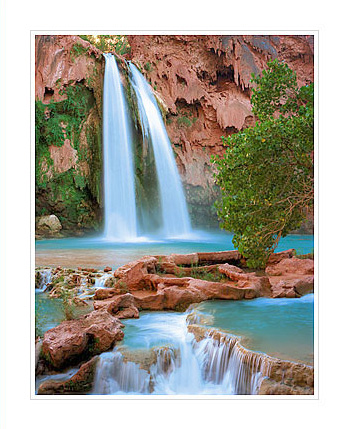
Havasu Falls Vertical
Linhoff Master Technika 4x5 with Schneider 75mm lens. Fuji Velvia in Fuji Quickload holder
Havasu Falls is one of three large waterfalls in Havasu Canyon a Southern tributary of the Colorado River. Upstream from Havasu Falls are Navajo Falls and downstream Mooney Falls.
I have been asked many times if the color of the water "is really that blue?" I can guarantee you that it is. The color comes from a white mineral called travertine which floats in the water. When mixed with the blue color of the sky reflected in the pool it creates this incredible turquoise color for which Havasu Falls is world famous.
Havasu means "blue green water" in Supai, the language of the Havasupai Indians. Havasupai means "Children of the blue green water." The Havasupai have lived in Havasu canyon for several hundred years. There is still no road to their village located a few miles above the falls and it is the last place in the US where mail is delivered by mules.
Located on the Havasupai Indian Reservation Havasu Canyon can be reached either by helicopter, starting at the Tusayan airport, or by foot starting either from the Havasu Hilltop in the Western Grand Canyon (past Peach Springs) or from the Colorado River if you are on a river rafting trip.

Sunrise from Hopi Point
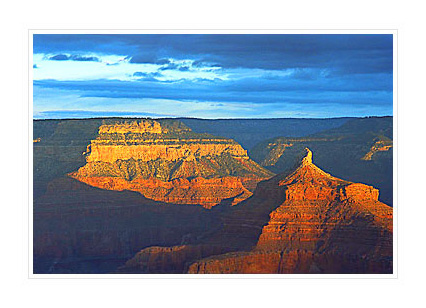
Sunrise over Isis Temple

Kaibab Trail above Cedar Ridge
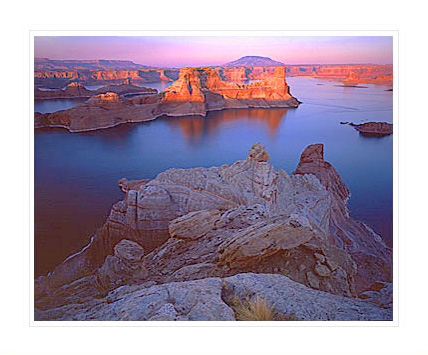 Lake Powell Sunset
Lake Powell Sunset Linhoff 4x5 Master Technika, 75mm Schneider lens, Fuji Velvia
A quiet and brilliant summer sunset over Gunsight Butte and Padre Bay
as seen from Romana Mesa West of Page, Arizona.
Sunset over Lake Powell and Padre Bay
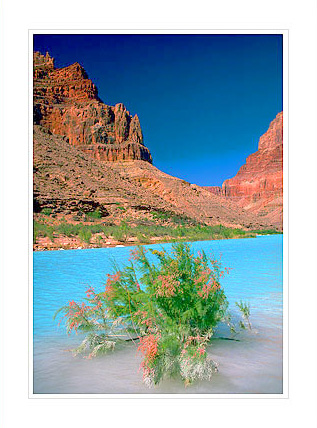
Little Colorado River
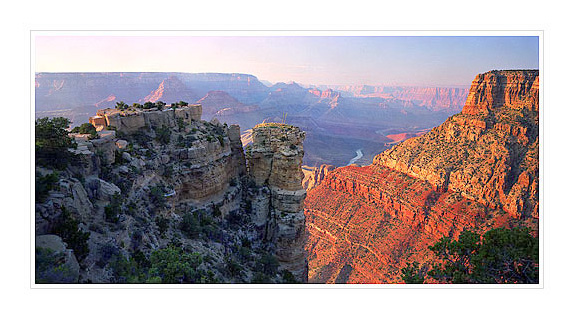
Moran Point Panorama
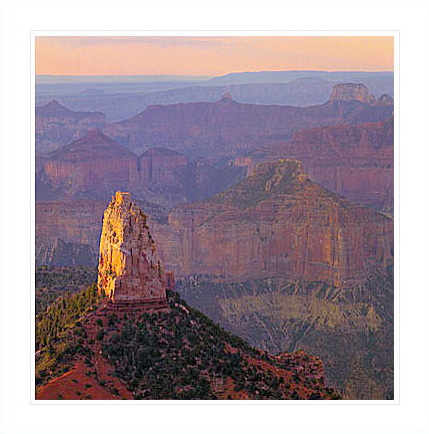 Mount Hayden
Mount Hayden
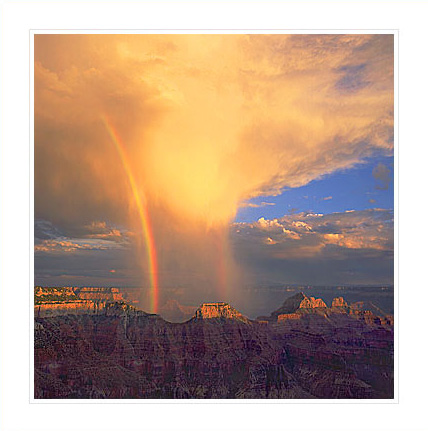 Rainbow from Bright Angel Point
Rainbow from Bright Angel Point
 Rainbow from El Tovar Point
Rainbow from El Tovar Point
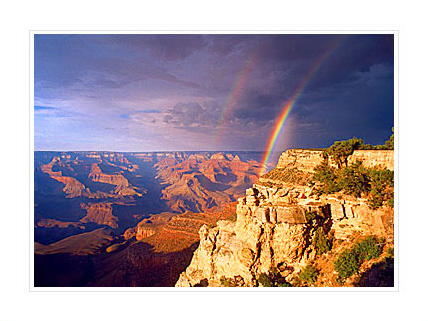 Double Rainbow over Indian Gardens
Double Rainbow over Indian Gardens

Toroweap
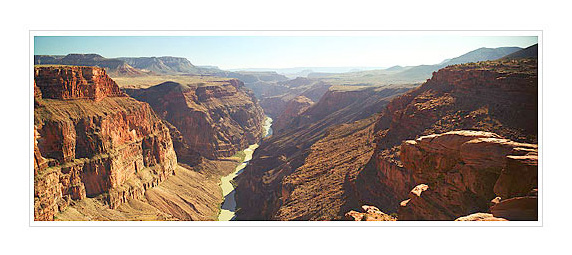
Toroweap Panorama
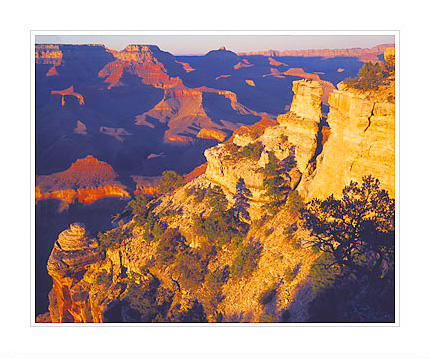
Sunset from Yaki Point

Orange Sunset, Yavapai Point
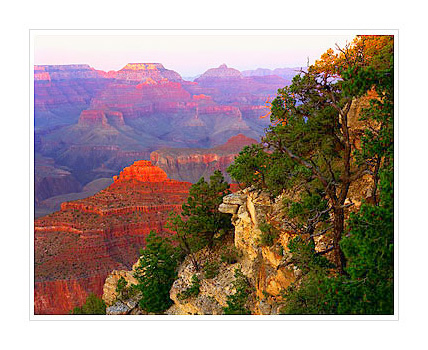
Yavapai Dusk

Yavapai Dusk Panorama
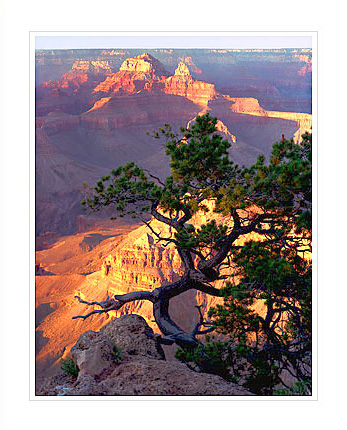
Yavapai Tree with Clouds

Isis Temple Sunset Panorama
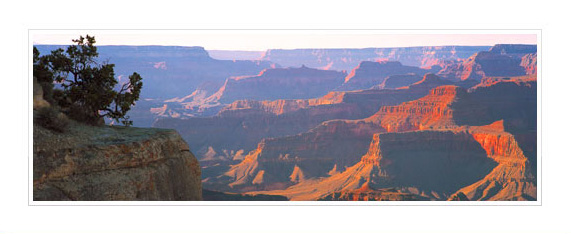
Grand Canyon Mesas Panorama
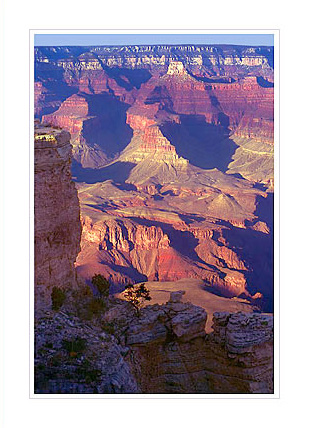
Grand Canyon Depth
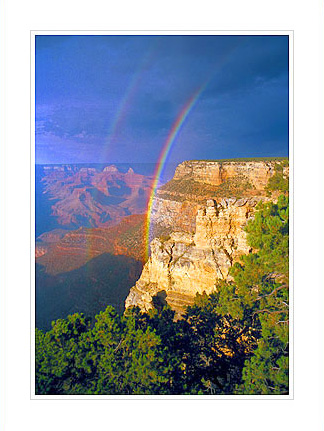
El Tovar Double Rainbow
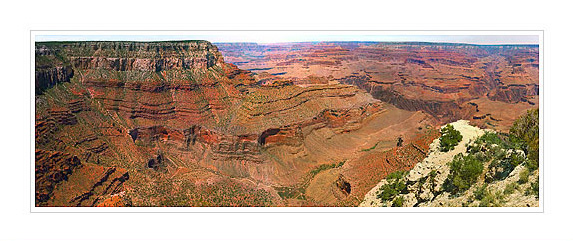
Bright Angel Trail Panorama #1

Bright Angel Trail
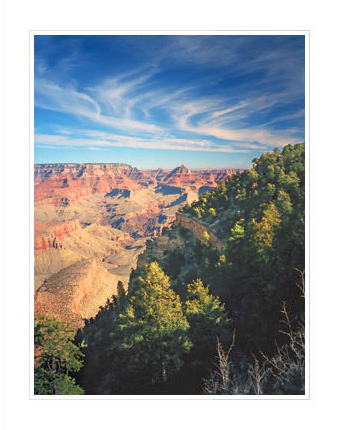
New Clouds

New Clouds Panorama
Rainbow over Isis Temple, North Rim
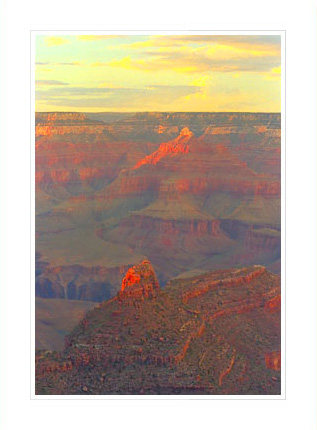
The Battleship and Isis Temple, South Rim
Photographs and text Copyright © Alain Briot 2010
All rights reserved worldwide